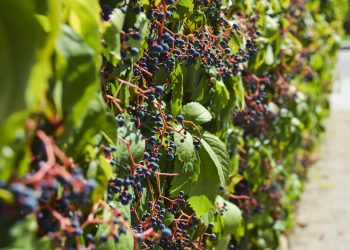Main findings of the June global overview:
- At the end of the main cereal season, favourable production prospects are expected in most parts of Southern Africa. The leading maize suppliers – South Africa and Zambia – are expecting respective outputs of 15% and 11% above the 5-year average. Good maize prospects are also expected in Zimbabwe. However, diminished production is expected in south-western Angola, northern Namibia, southern Malawi and parts of Mozambique.
- In East Africa, high intensity rainfall in June has led to major floods with negative impacts in parts of Ethiopia and Somalia. The seasonal rainfall forecasts for July-September show high chances of conditions being drier and hotter than usual; if this forecast materialises it could negatively affect the main agricultural season in the northern part of East Africa, starting in June/July. Due to a combination of reasons, the need for humanitarian assistance in the region remains very high.
- In West and Central Africa, crop conditions are generally favourable in the bi-modal southern parts of the region, thanks to average to above-average rainfall in recent months. Early rainfall has been positive in most areas of the Sahel, supporting planting activities and early season crop development. A delayed start to the season and below-average crop conditions were observed in June in the central belt of Nigeria, southern and central Burkina Faso, northern Togo, northern Benin and southern Chad.
- In North Africa, at the end of the winter crop season, Morocco, Algeria and Tunisia are expecting crop yields clearly below the 5-year average, due to drought (May MARS Bulletin). In contrast, the harvest of winter cereals is nearly completed in the Middle East with favourable prospects, except in north-eastern Syria (Hassakeh), north-western Iraq (Ninewa) and north-eastern Iran (Golestan, Khorasan). In Yemen, although crop and rangeland conditions are good, food insecurity continues to affect 17 out of 30 million people.
- In Central Asia, the harvest of winter cereals is underway with mixed prospects: poor in Turkmenistan, below-average in Kyrgyzstan and southern Kazakhstan, but good in Uzbekistan (except Kashkadarya) and Tajikistan. In Afghanistan, the harvest of winter wheat concluded in June with mixed prospects. However, food insecurity remains very high. In South Asia, the planting of summer (kharif) crops in Pakistan and growth of wet season (Aus and Aman) rice in Bangladesh are ongoing under favourable conditions.
- In continental South-East Asia and the Philippines, the harvest of irrigated dry season rice concluded with average to above-average prospects. Planting of main season rice is delayed compared to 2022 in Thailand and Cambodia, due to poor rainfall and high temperatures in the last 3 months. In Indonesia, the harvest of wet season rice concluded with good prospects, while the planting of irrigated dry season rice has started under drier-than-average conditions.
- In Latin America, vegetation conditions are below average for the first crop cycle in some parts of El Salvador, Honduras, Guatemala and Nicaragua, due to early season rainfall deficits. The situation needs close monitoring in the coming weeks. In the Caribbean region, above-average rainfall in the last month has favoured the main cycle of maize in Haiti; however, excessive rainfall in eastern provinces of Cuba has likely damaged the harvest of rice and sowing of maize in key producing departments. In Colombia, Ecuador and Peru, observed vegetation conditions are average or above average and harvest prospects are average to good.
The next assessment is scheduled for the end of July 2023.
O artigo foi publicado originalmente em JRC.























































